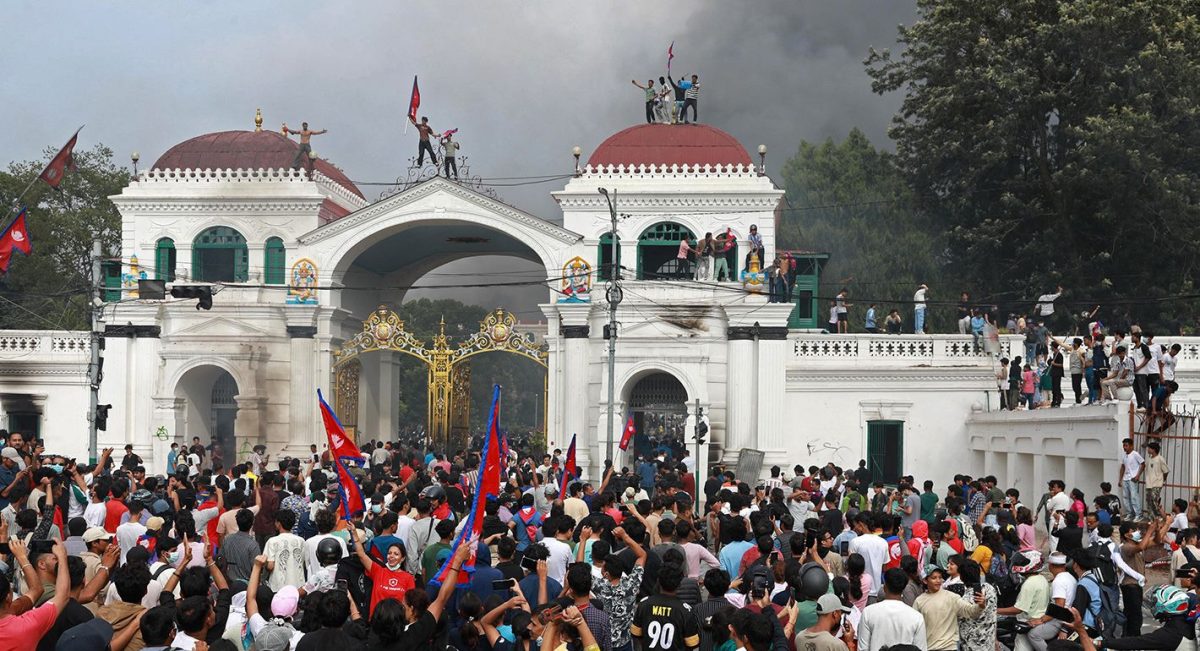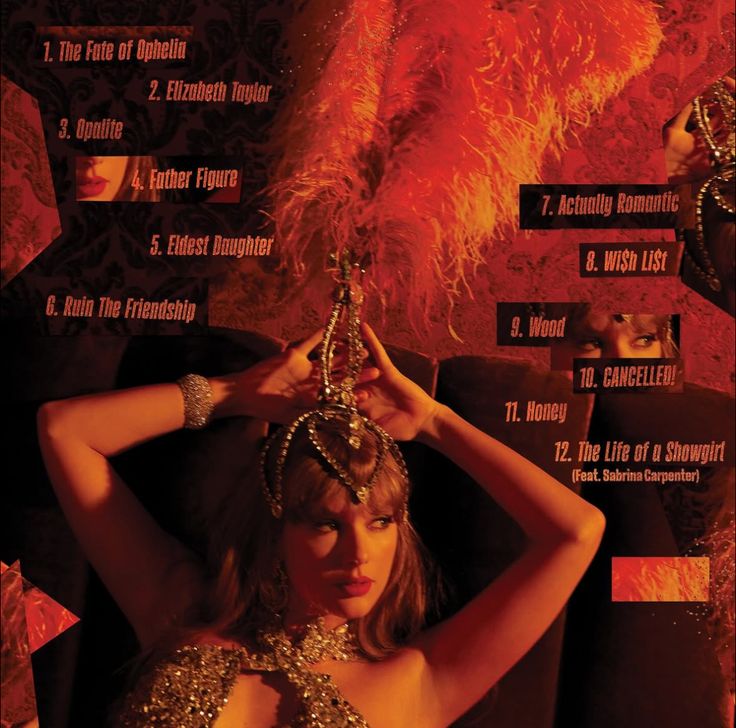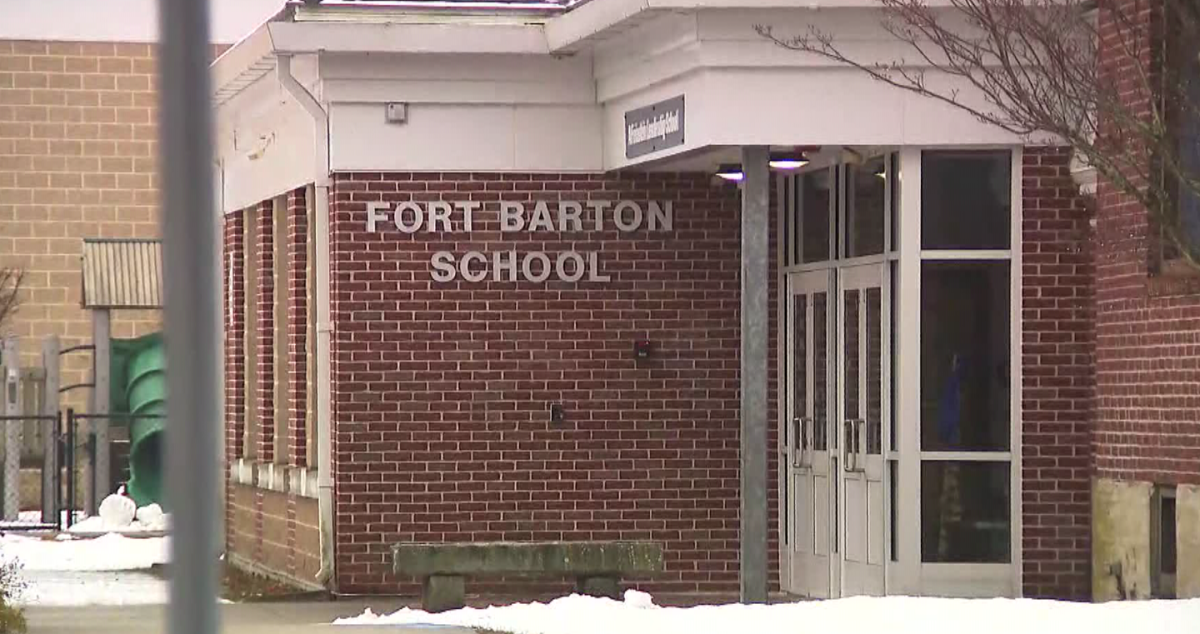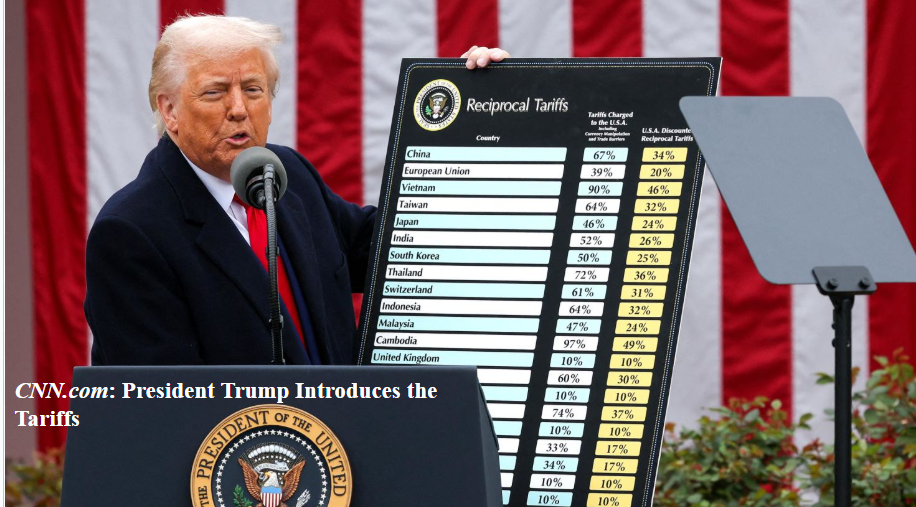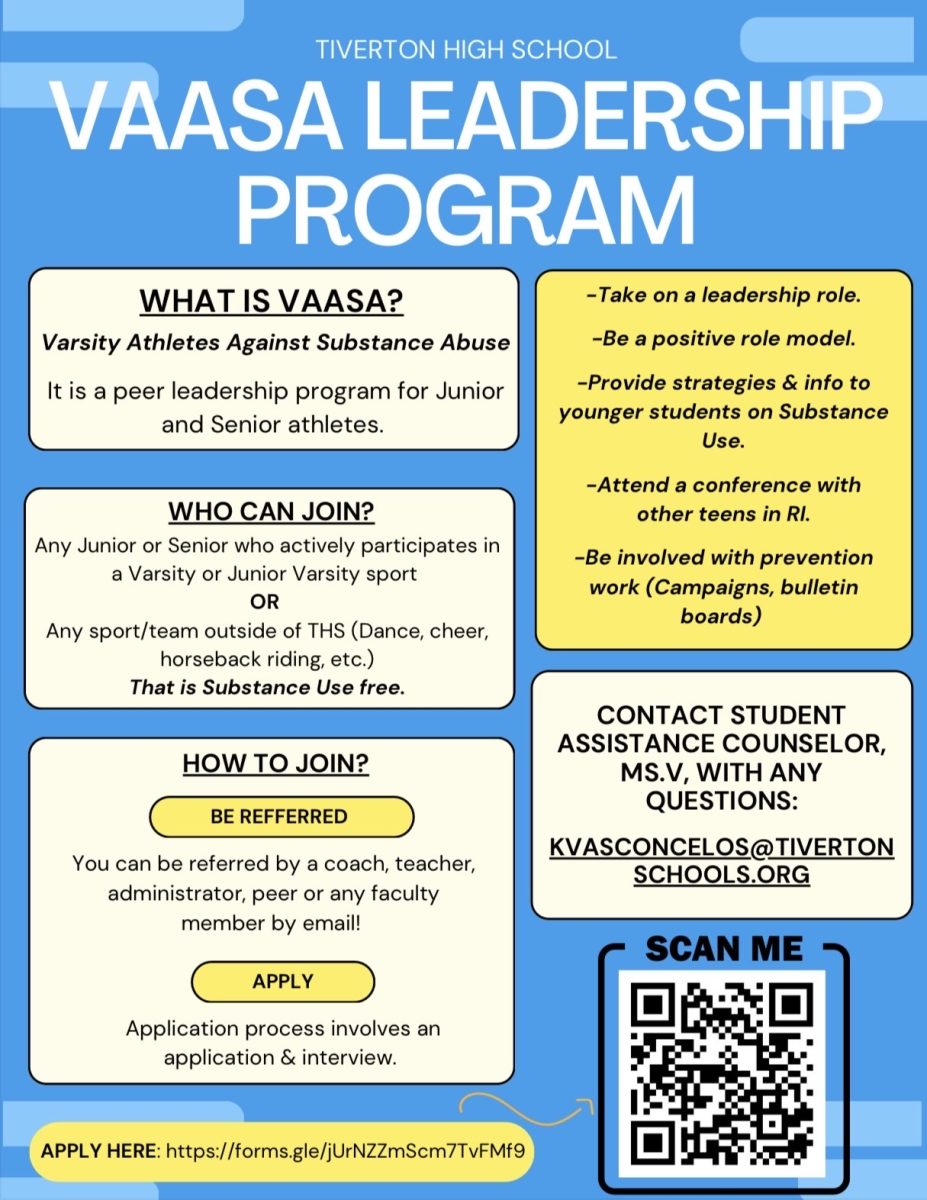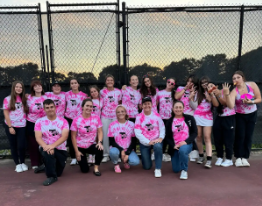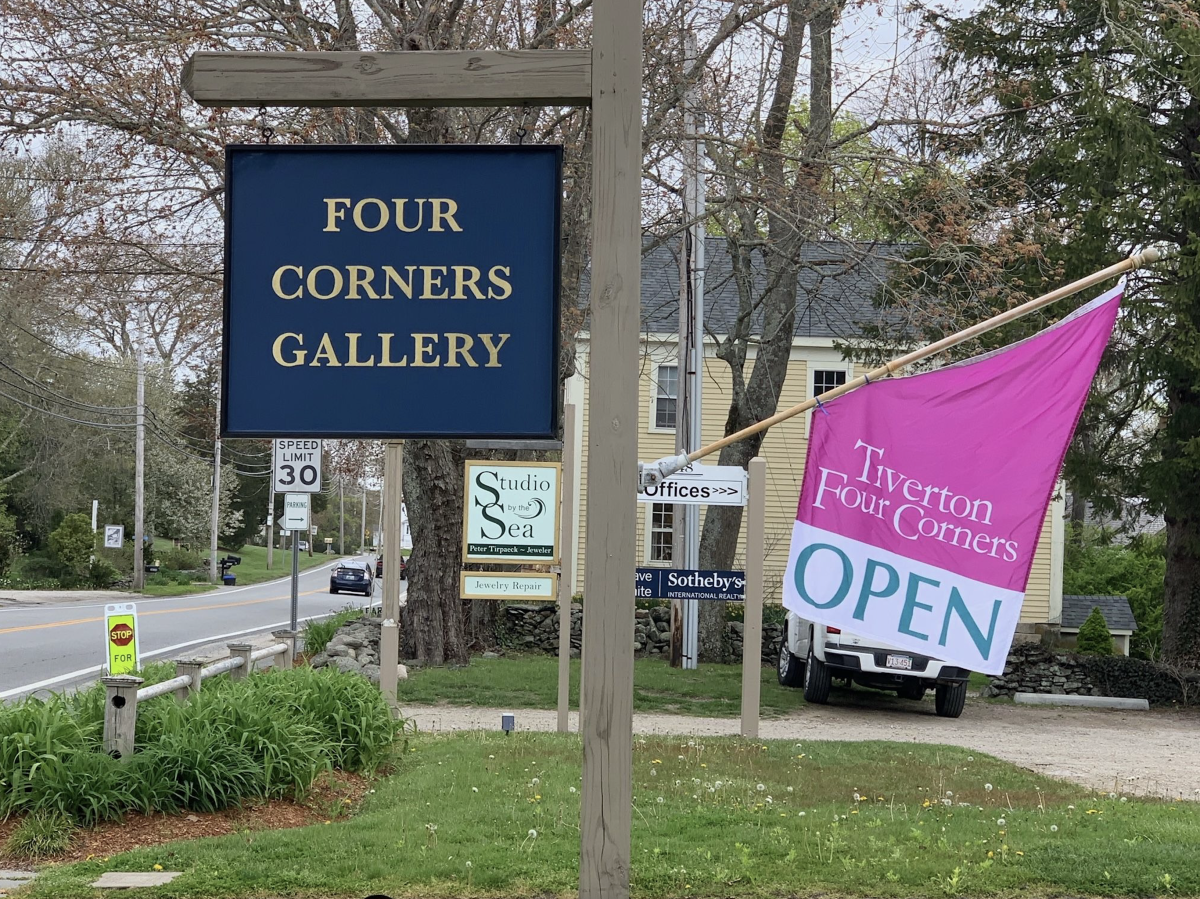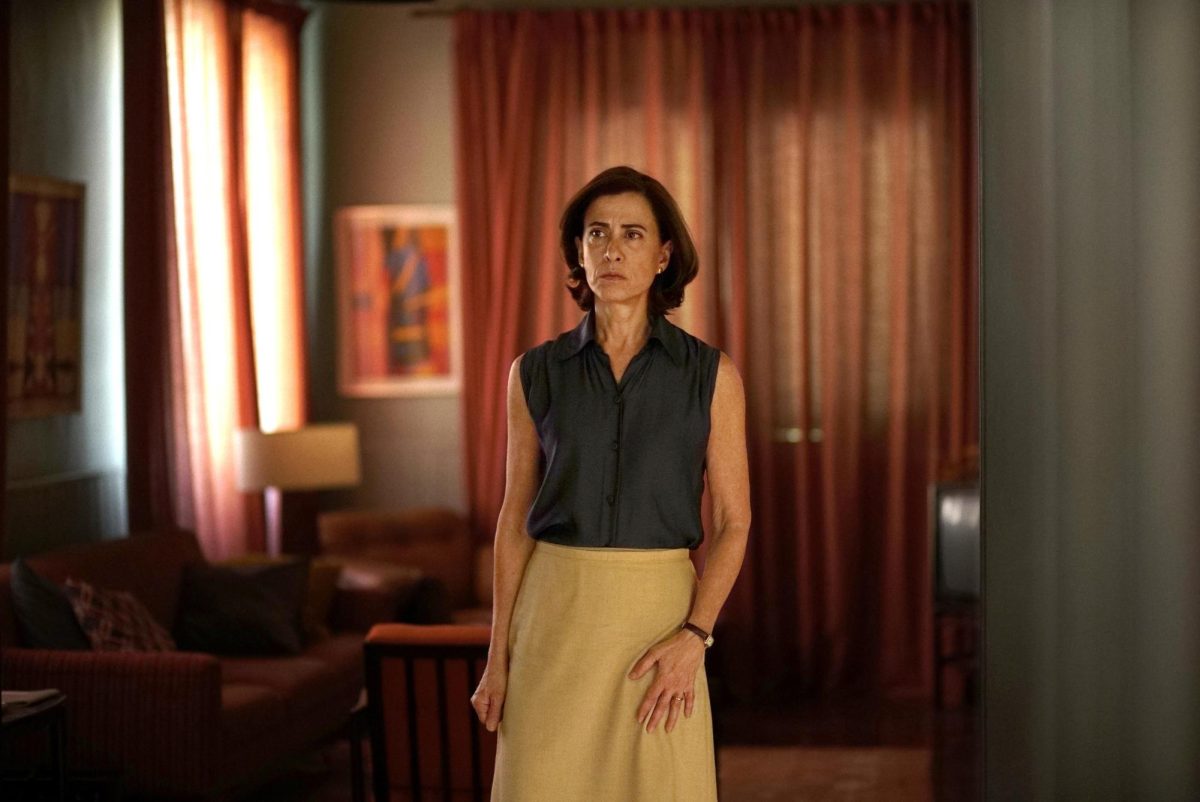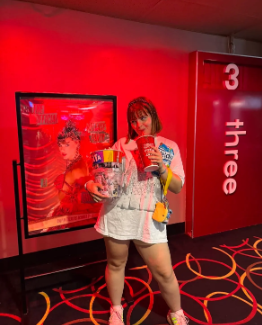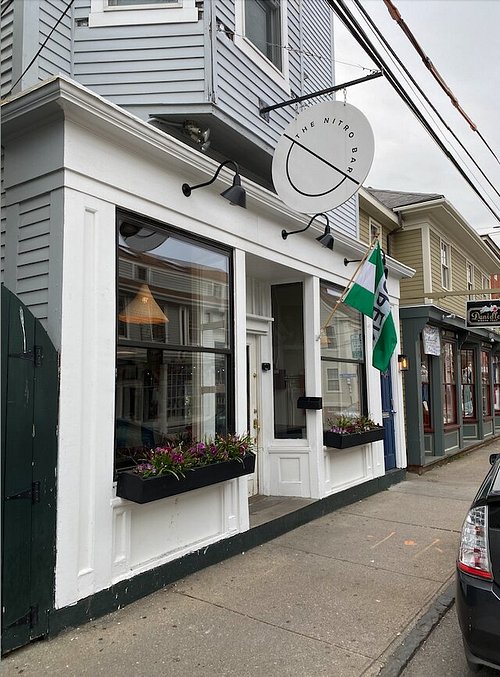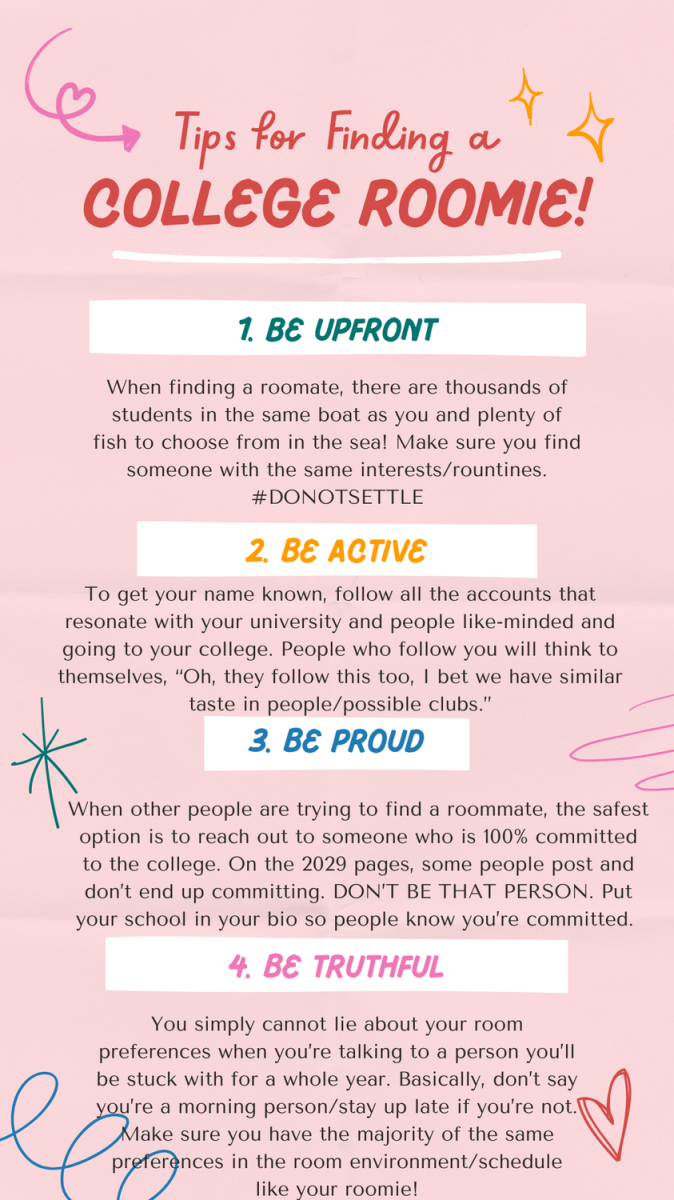In the city of Lalitpur, eleven-year-old Usha Magar Sunuwar was run over by a black SUV, which carried K. P. Sharma Oli, Nepal’s prime minister. Instead of stopping, the SUV drove away, but shockingly, the girl survived.
Videos online highlighted the lifestyles of the elite, where families were seen flaunting their wealth with designer bags and expensive holidays. These videos created a juxtaposition between the harsh realities of the lower class’s caste-based discrimination, poverty, and lack of access to education and proper healthcare.
This took place only hours after the nationwide ban of social media platforms, such as Instagram and X, for not following the government’s strict regulations, and the hit-and-run bred nationwide outrage. This catalyst ran deeper than social media bans, but was a response to the attempt to silence freedom of speech, the corruption of the government, and the elitism that has plagued the country.
Nepal’s government is a federal democratic republic, with three levels: the federal, provincial, and local governments. The outrage sparked nationwide protests, mainly in the capital of Kathmandu, which was met with the firing of live rounds, and the death of at least nineteen people. The people responded with ferocity, continuing to march into the evening. Later, Oli was found to have resigned and vanished.
The protest soon turned violent, with protestors burning the Parliament building, administrative headquarters, the Supreme Court, the Presidential Palace, and the residence of the Prime Minister. Past members of the regime who were caught, notably Sher Bahadur Deuba, a past prime minister, and his wife, were beaten brutally in their home.
On September 10th, the country had dissolved into lawlessness, and the Army began to speak with representatives of the protests to find a new prime minister. In 48 hours, they decided on Sushila Karki, a former Chief Justice of the Supreme Court, and she will remain in office until elections are held in March of 2026.
